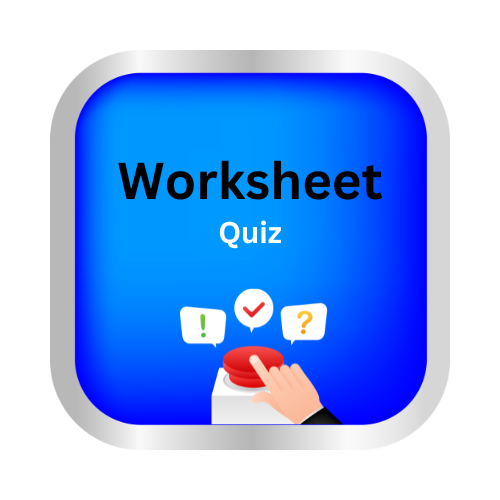Identify vague pronoun references
Design by Delta publications
Key notes:
| What is a Vague Pronoun Reference |
👉 A vague pronoun reference happens when the pronoun (he, she, it, they, this, that, etc.) does not clearly show who or what it refers to.
🛑 Examples of Vague Pronouns
- Vague:
🌸 When Sam met Tom, he was very happy.
👉 Who is he? Sam or Tom? 🤔 - Vague:
🍎 This is why the apples are red.
👉 What does this mean? 🤷
| How to Fix Vague Pronouns |
- Be Specific 🎯
- Vague: They say honesty is the best policy.
- Clear: Many people say honesty is the best policy.
- Replace the Pronoun with a Noun 📝
- Vague: When Maria spoke to Anna, she cried.
- Clear: When Maria spoke to Anna, Maria cried. (or Anna cried, depending on meaning).
- Avoid Overusing “It,” “This,” “That” 🚫
- Vague: This shows how careless people can be.
- Clear: This situation shows how careless people can be.
| Tips to Avoid Vague Pronouns |
⭐ Always ask: Does the reader know who/what the pronoun refers to?
⭐ Use the noun first before replacing it with a pronoun.
⭐ Reread the sentence to check clarity.
| Why is it Important? |
✍️ Clear pronoun references make writing:
✅ Easy to understand 📖
✅ Free from confusion 🤓
✅ Professional and polished ✨
| Remember: |
👉 A pronoun must always point to a clear noun (antecedent).
👉 If the reader has to guess, then the pronoun is vague! 🚦

